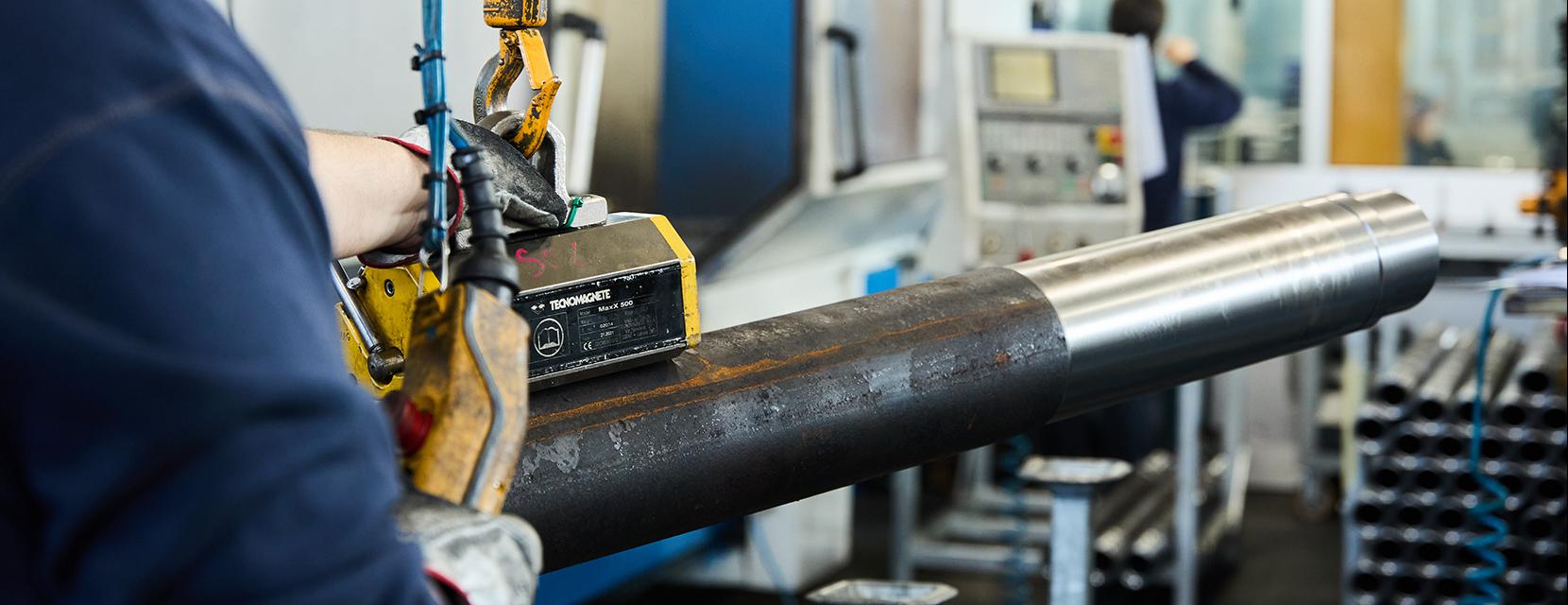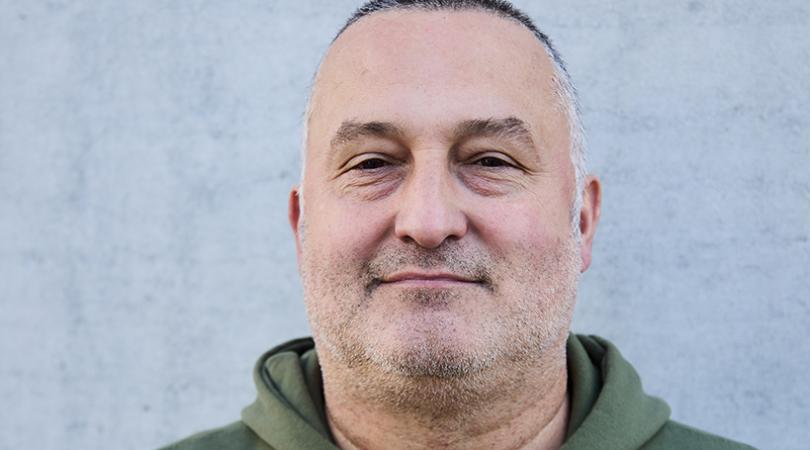Precision mechanics and tailor-made production: how a high-complexity component is born
In a field where every tenth of a millimeter counts, production management is much more than an operational matter: it’s a constant balancing act between technical expertise, flexibility and control. We spoke with Manuele Montanari, Production Manager at Officine RM, to understand what it means to work in precision mechanics today—amid increasingly complex cycles, high-performance materials and demanding client expectations.
What are the most significant operational challenges in precision mechanics today?
“The management of variability. More and more often we work on unique parts or small series with very tight dimensional specifications—we’re talking hundredths of a millimeter or less. This calls for a lean but extremely rigorous organization: each machining step requires a dedicated cycle, dimensional checks both in-line and at the end of the process, and often on-the-fly adjustments based on the feedback from the first units.”
How is your production flow structured?
“We start from drawings provided by the client, which we import into our CAD/CAM software. The technical office optimizes the cycle based on feasibility, material, and the type of machine available (lathes, CNC centers, grinders). Execution is handled by skilled operators, with intermediate metrological control. In case of urgent needs, we can integrate welding, overlaying, and additional machining within just a few days.”
What is Officine RM’s technical positioning?
“We operate in a specialist niche: high-precision machining on mechanical components that are difficult to manufacture, often made of high-strength steels or special alloys. We don’t work on large volumes, but we focus on the quality of single parts, spare part interventions, or repairs on complex mechanical systems. Our machining is used in areas where high reliability is required—even in critical environments.”
What role does quality control play?
“A central one. Every piece is verified according to agreed-upon dimensional and functional parameters. We use certified measuring instruments (bore gauges, callipers, digital comparators) and document the steps when required. Our internal traceability allows us to reconstruct the entire cycle even months after the work was carried out.”
What are the development prospects?
“We’re enhancing the interconnection between programming, planning and production, better integrating machine data. The goal is a more predictive production process, capable of preventing errors and optimizing time and materials. But operational know-how remains the real added value: every cycle is born from the collaboration between technician and operator.”
How do you see the future of the sector?
“The future will be hybrid: technology and human skills will have to work together. Those who don’t invest in internal training and process upgrades risk falling behind. We believe in this and are working exactly in that direction.”

